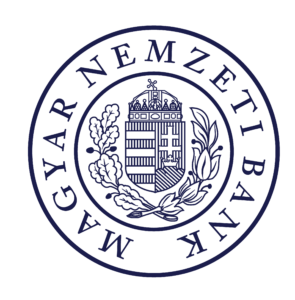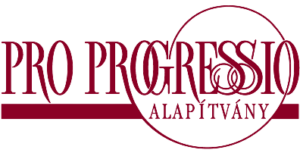Andrea SZIGETVÁRI
Technology as a musical mother tongue – the portrait of Andrea Szigetvári
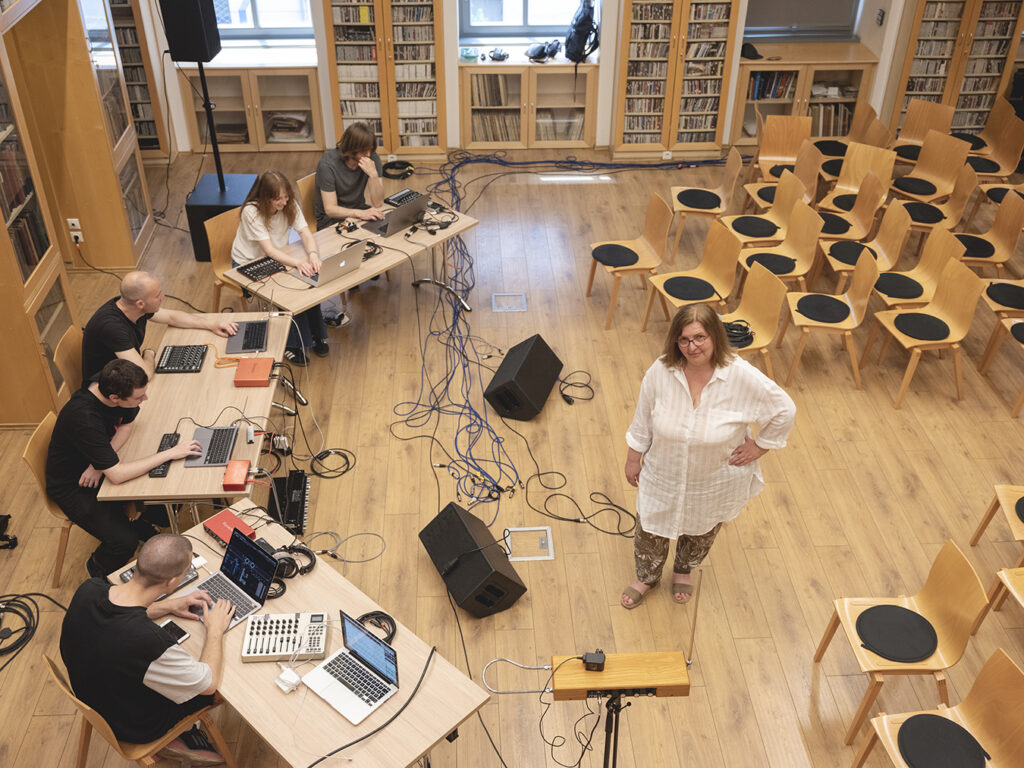
Andrea Szigetvári, the winning applicant of the project entitled Artificial intelligence, music and copyright, is an associate professor at the Academy of Music. Her major area of expertise include electronic, electroacoustic, and computer music. Both as a musician and a researcher, she endeavours to broaden the scopes of composing and performing music by means of new technological tools.
She studied musical arrangement at the Frederyk Chopin Academy of Music in Warsaw. In 2013, she obtained a DLA at the Liszt Ferenc Academy of Music where she has been an associate professor and a teacher of electroacoustic music since 1997. She is a member of the Széchenyi Academy of Literature and Arts.
Besides the years she spent in Poland, she also gained considerable international experience: she pursued studies at the IRCAM in Paris, and she did research and composing at various universities including Brooklyn University and Standford University in the USA, Victoria University in Canada, and ZMK in Karlsruhe. She has been associated with almost all the experimental music workshops in Hungary: for example, she worked at the major Hungarian record company Hungaroton, at the Institute of Musicology, and taught electroacoustics and computer music at the Faculty of Arts of the University of Pécs. She has organised a large number of concerts and courses at music festivals.
She has obtained several awards, for instance at the AVIFF Cannes Art Film Festival II, for the music of the film entitled “Transitus Angeli”; she was awarded the main prize in the sound art category of the Bourges Electroacoustic Music Competition forMandala, and she also received the main prize in the multimedia category for her sound design for the short film The Seashell and the Clergyman. In Hungary, she received the Artisjus award for her organisational work in the field of contemporary music.
The topic of her research submitted for the residency programme is the use of technology and artificial intelligence in composition, and the task of preserving the composer’s authorship. One of her objectives is to foster mutual cooperation between the teachers and student of BME and those of the Academy of Music.
Here is a list of some of Andrea Szigetvári’s works:
PeanoPiano:
https://drive.google.com/file/d/1n0OhpFKpbnm4emRJEVw4P2hJaeXGOCfM/viewusp=sharing
Beef Kohlrabi Cantata:
https://www.youtube.com/watchv=hgpQlsmBVAI&ab_channel=longmusicproduction
Voice Twist:
Swinging Door:
https://www.youtube.com/watch?v=aDegWHUXw1Y&ab_channel=AndreaSzigetvari
Orsolya Demjén
Highlighted image: László Belicza
Katinka HAJAS
An interface between the material world and your inner perceptions – a portrait of Katinka Hajas
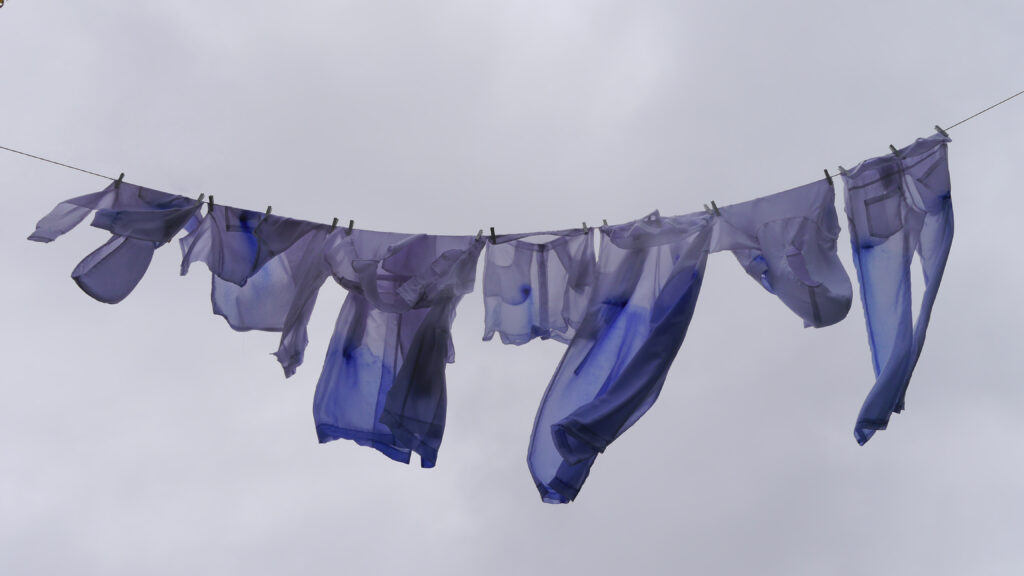
In her works, sculptor Katinka Hajas creates a continuous dialogue between the reality surrounding her as well as her own inner reality through the tools of sculpture, but without being restricted only by the language of sculpture. As a graduate of sculpture at the Hungarian University of Fine Arts, she will be working on the topic of Material science and material structure within the framework of BME’s Art Residency Programme.
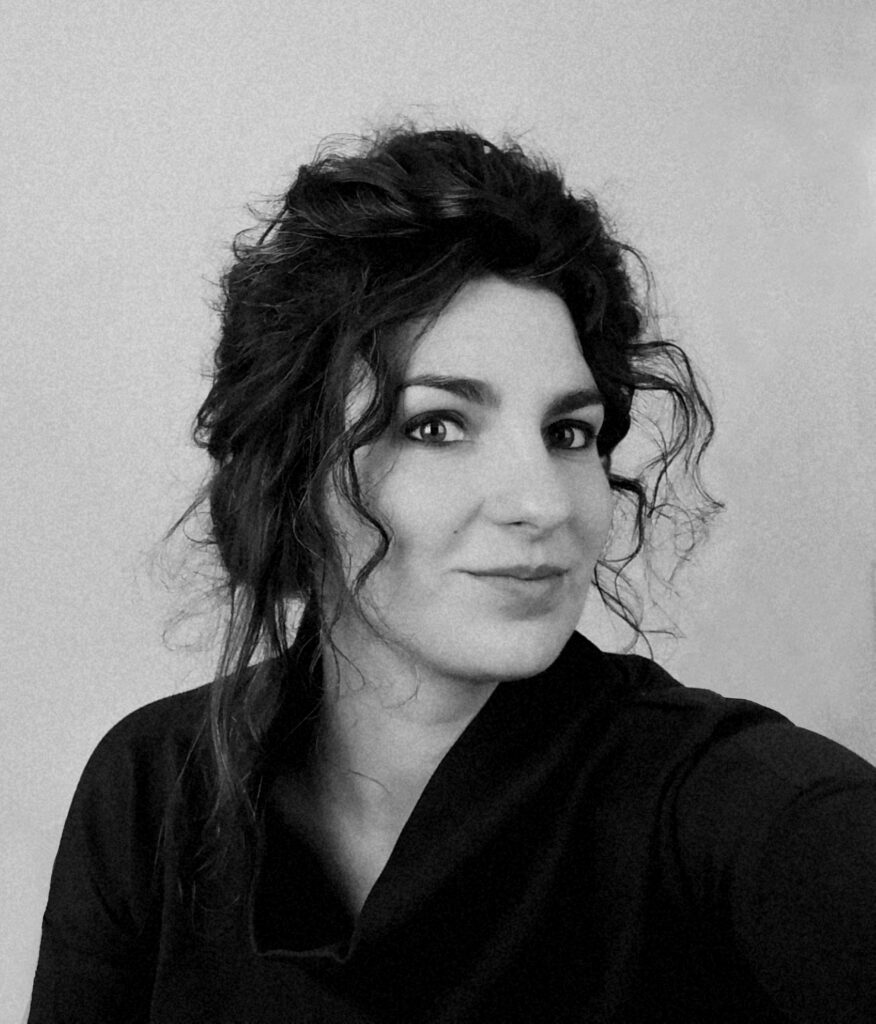
The artists applies the tools of sculpture but uses other means to understand and analyse the details of realty both around a within her. In her works, reflection, corrosion, erosion, gravity, movement, wear and absorption capacity are all central to the artist’s message. This approach, that often tries to do away with the traditional generic boundaries, seeks to unite inner and outer reality.
She has worked with various materials and has enjoyed learning to “acquire the different languages” one needs to be able to communicate with those materials. The properties of the materials she comes into contact with, and the ideas and the emotions she displays interact to shape the work of art at a delicate interface between the laws of the material world and her inner perceptions.
She has held workshops at various venues (Ludwig Museum, Barcsay Jenő Primary School, Artnesz Agency of Fine Arts), with the aim of bringing contemporary art closer to people and helping them to find their place in it.
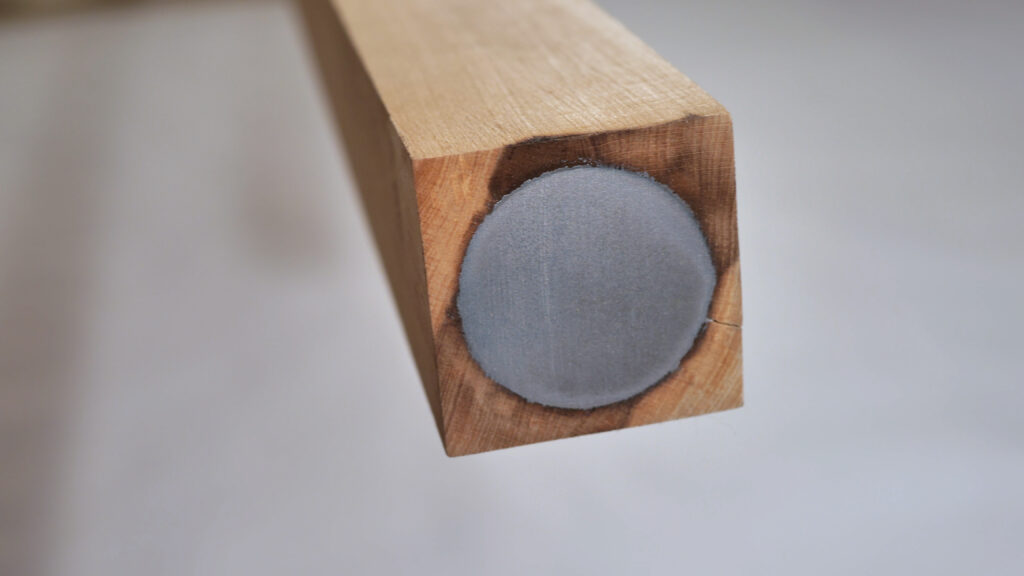
Depending on the object she works on, she always does her research about the given cultural or technological background/context. One such example is the project entitled Between Every Day, which was inspired by her discovery of the beauties of filmmaking. Throughout the exhibition, her work was greatly inspired by old analogue photographic and film techniques. It was this exhibition that provided the basis—in terms of material and reflection—for Moving Moments I-II.. and a video accompanying the concert (Musica Moralia).
Katinka Hajas also has works referred to as land art, as well as works related to equilibrium, and ones prepared with watercolour. The use of different materials and media has always provided her with a different starting point for the work to be created. She finds the residency programme attractive because, as she puts it in her cover letter, “scientific and artistic collaboration is exciting and highly inspirational”. During the programme, she would like to rely on various impressions conveyed by the different workshops and labs she will attend.
Franciska Szőnyi
Highlighted image: Katinka Hajas – Various shades of blue
